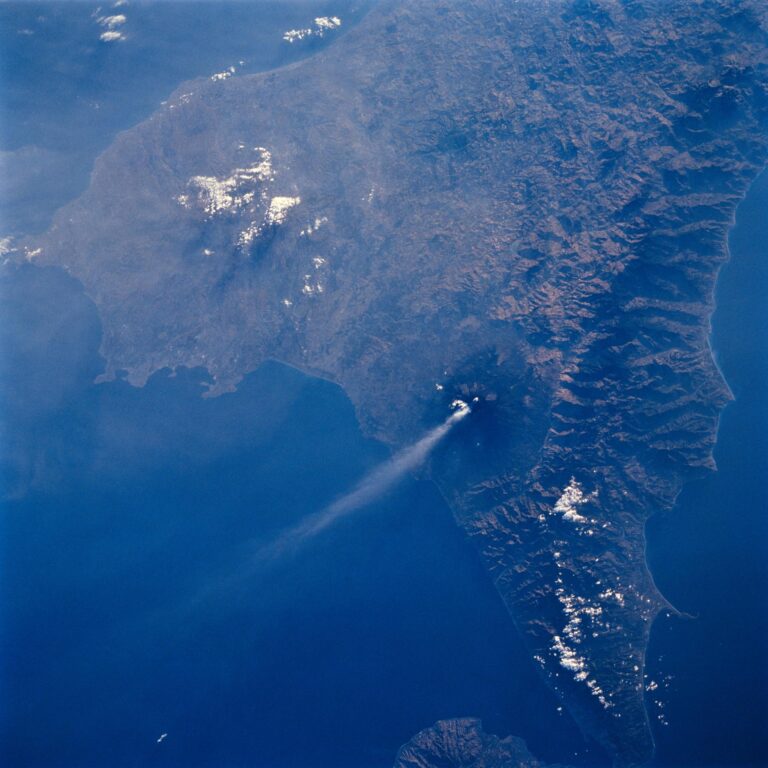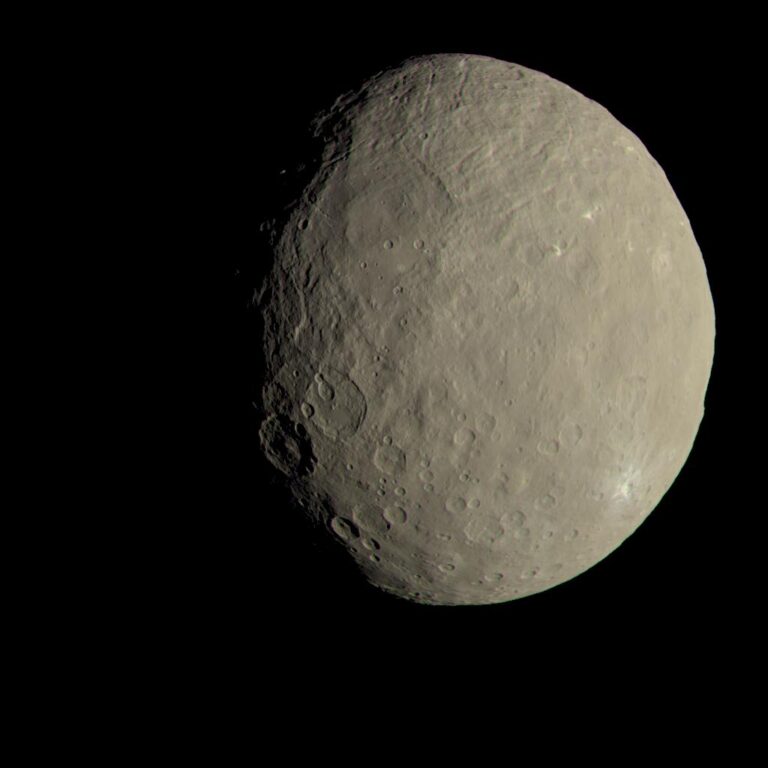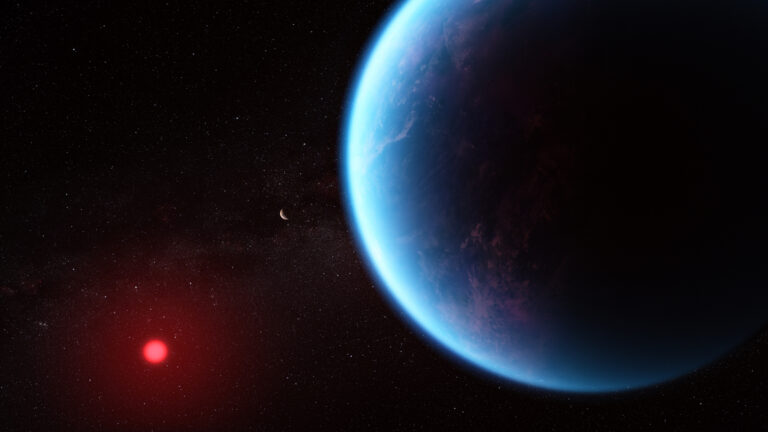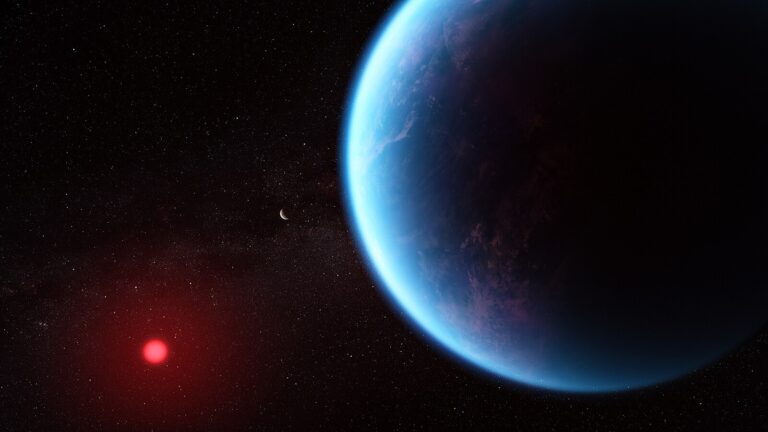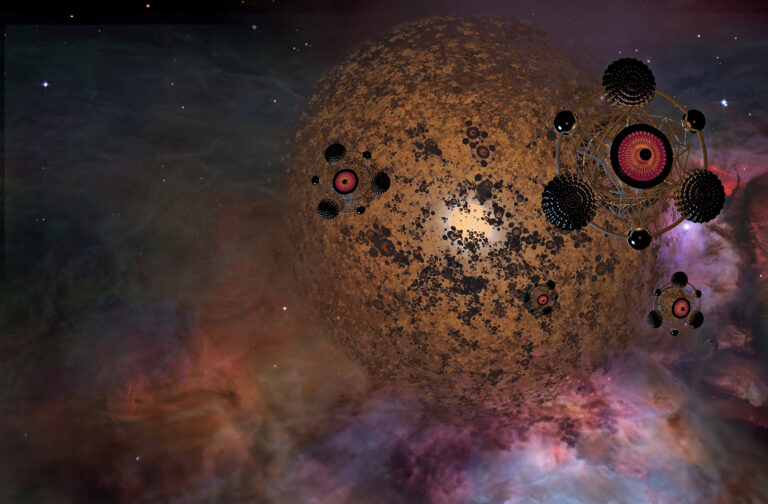Key Takeaways:
- Researchers conducted experiments aboard the ISS to study the merging of large water droplets on surfaces with varying roughness.
- The experiments aimed to validate the Davis-Hocking model, which simulates the contact line dynamics of merging water droplets.
- The ISS microgravity environment allowed observation of larger, slower-moving droplets than is possible on Earth, expanding the model's applicable parameter space.
- Results confirmed the accuracy of the Davis-Hocking model in simulating the merging process, including the formation and evolution of a liquid bridge between coalescing droplets.
Researchers aboard the International Space Station (ISS) recently tested how large drops of water spread and merge differently depending on the roughness of the surface they are in contact with.
The experiment was designed to test the Davis-Hocking model, which is a simple way to simulate how water droplets behave. The Davis-Hocking model specifically describes the contact line (or boundary) that forms between a drop of water and another surface, such as another drop of water.
The results, published Dec. 13 in the journal Physics of Fluids, confirm the Davis-Hocking model does accurately simulate merging water droplets. Furthermore, the ISS experiments have enabled researchers to expand the parameter space for which this model can be applied.
Josh McCraney
Water: familiar yet furtive
Water is the most critical substance for life on Earth. Yet researchers often struggle to describe exactly how water drops spread and coalesce on our planet. This knowledge has important implications for managing rainwater runoff, condensing steam for energy production, developing self-cleaning surfaces, and even understanding cell-cell interactions in biological organisms.
or droplets on Earth, the strong surface tension of water largely overpowers gravity, creating small spherical caps. However, “If the drops get much larger, they begin to lose their spherical shape, and gravity squishes them into something more like puddles,” said author Josh McCraney of Cornell University in a press release. “If we want to analyze drops on Earth, we need to do it at a very small scale.”
The problem is that at such small scales, droplets morph too quickly (within a millisecond) for detailed observations. That’s why the researchers of this new study sent their experiment to the microgravity environment of the ISS. This allowed the team to record video of much larger — and therefore more sluggish — water droplets as they merged.
“NASA astronauts Kathleen Rubins and Michael Hopkins would deposit a single drop of desired size at a central location on the surface. This drop is near, but not touching, a small porthole pre-drilled into the surface,” said McCraney. “The astronaut then injected water through the porthole, which collects and essentially grows an adjacent drop. Injection continues until the two drops touch, at which point they coalesce.”
According to the study, “Upon coalescence (t=0.03 s), an immediate curvature gradient is observed at the liquid bridge, which induces a pressure gradient according to the Young–Laplace equation that gives rise to a capillary wave propagating laterally across the bridge. This process continues until t=0.24 s, at which point surface tension overwhelms inertia and the drop [contact line] begins to recede.” By t=0.63 seconds, the drop has dissipated enough energy through its motions that the contact line is pinned.
The new results validate the formation and evolution of a liquid bridge that links two merging water droplets as they coalesce, as predicted by previous research. However, the researchers note that there still remain open questions about water droplets that need further exploration, such as the dynamics involved when three or more drops merge together.




